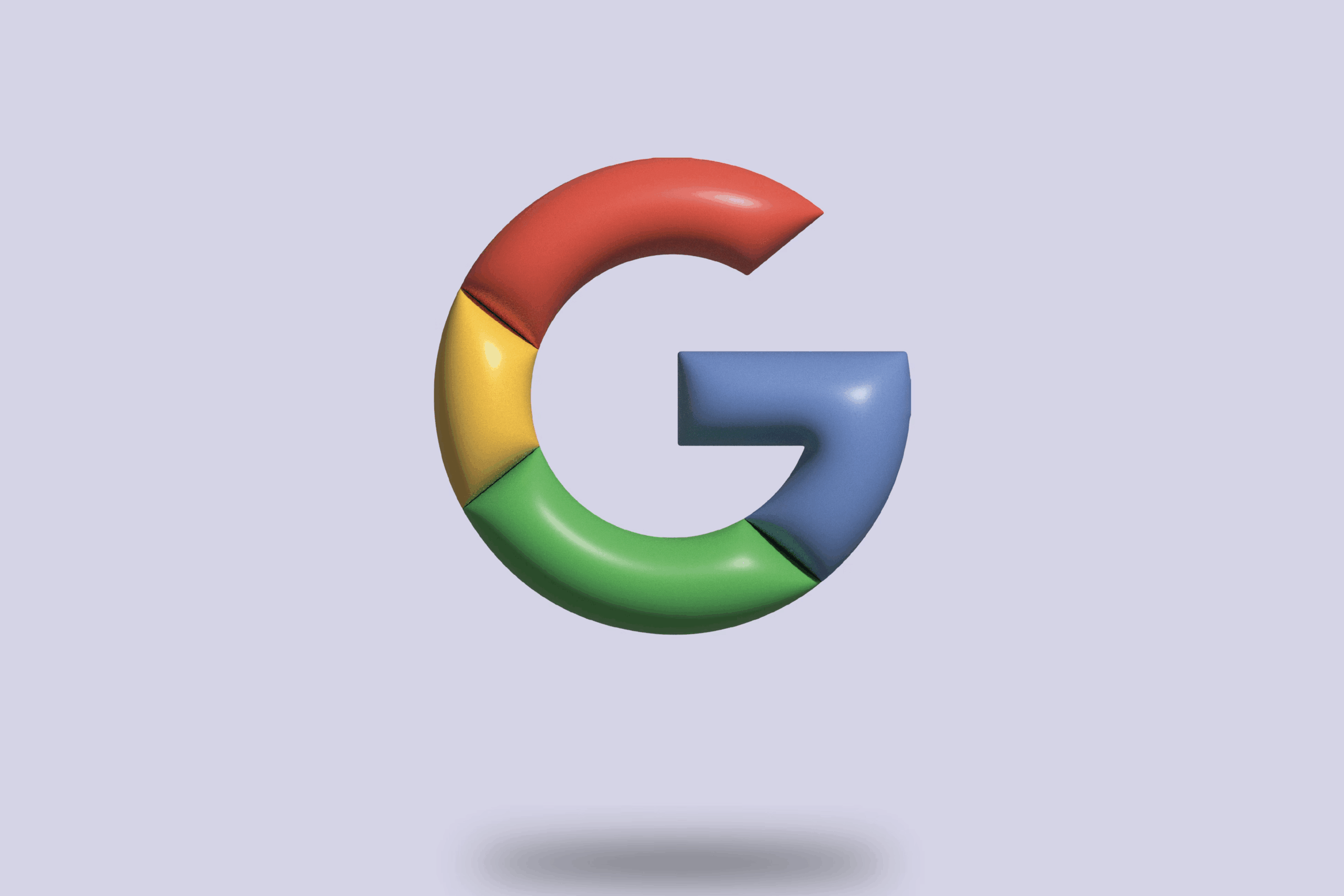
Google Voice has received its most significant update in years, bringing a refreshed calling interface and the return of three-way calling functionality. These Google Voice updates 2025 mark an important evolution for the service, though the platform still lacks a crucial feature many users have been demanding. Let’s dive into what’s new, what’s still missing, and what it means for your communication experience.
Google Voice Updates 2025: What’s New and Improved
Google Voice has quietly been one of Google’s longest-running communication services, providing users with free phone numbers and flexible calling options since 2009. While the service hasn’t seen many major changes in recent years, Google has finally rolled out substantial updates that modernize the platform and add functionality that users have been requesting.
Material 3 Redesigned Calling Interface
The most immediately noticeable change in the latest Google Voice updates 2025 is the completely redesigned calling interface. Google has implemented its Material 3 design language, creating a more modern and intuitive experience that aligns with other Google apps.
Key visual changes in the redesigned interface include:
- A pill-shaped end call button at the bottom of the screen
- Primary action buttons arranged in a horizontal row (replacing the previous grid layout)
- Larger user avatars for better visibility
- Clearer placement of call status information
- Repositioned “Google Voice Wi-Fi / data call” indicator
- Notification area at the top of the screen for call status updates
The primary action buttons now include Keypad, Mute, Sound, and Record functions, making them more accessible during calls. For business users, secondary actions like Transfer, Hold, and Merge are also readily available in a more intuitive layout.
According to Google’s announcement, this redesign brings “a consistent look and feel for Voice across all of your devices, an intuitive call layout, similar to Google Meet, and improved placement of key call controls.” The visual refresh makes Google Voice feel more modern and aligned with Google’s current design standards across platforms. For more details and community discussions about these updates, visit the Google Voice Help Community.
Three-Way Calling Support Returns
Perhaps the most functional addition in the Google Voice updates 2025 is the return of three-way calling, a feature that had been available years ago in the now-discontinued Google Hangouts app but was missing from Google Voice for a long time.
Three-way calling allows users to:
- Merge two separate calls into a single conversation
- Add a third participant to an existing call
- Facilitate collaboration between multiple parties
To initiate a three-way call in the updated Google Voice:
- Select “Add” during an active call to look up the contact you wish to add
- Once connected to the second call, tap “Merge” to bring both calls together
Google suggests several practical use cases for this feature:
- Bringing in a translator for multilingual conversations
- Including legal counsel to advise on relevant discussions
- Facilitating smoother call transfers by introducing the receiving party
However, there’s an important limitation to note: the three-way calling feature is not available to all Google Voice users. It’s exclusively rolling out to Google Workspace customers with specific subscription plans:
- Voice Starter
- Voice Standard
- Voice Premier
- SIP Link Standard
- SIP Link Premier
This restriction to paid business accounts means that personal Google Voice users won’t have access to the three-way calling feature, which may disappoint many longtime users of the free service.
What’s Still Missing: RCS Messaging Support
Despite these welcome updates to Google Voice, there remains a glaring omission that has frustrated users for years: Rich Communication Services (RCS) messaging support. RCS is the modern successor to SMS and MMS messaging, offering enhanced features like read receipts, typing indicators, higher-resolution media sharing, and better group chats.
The RCS Disconnect
What makes this omission particularly perplexing is that Google has been one of the most vocal advocates for RCS adoption across the mobile industry. For years, Google pushed Apple to adopt RCS, even launching a “Get The Message” campaign specifically targeting Apple’s resistance to the standard. In September 2024, Apple finally relented and added RCS support to iOS 18, making Google Voice one of the few remaining major messaging platforms without RCS capability.
The irony is striking: Google’s own messaging service doesn’t support the very standard that Google has championed as the future of messaging. Voice users are still limited to basic SMS and MMS functionality, missing out on features that Google itself has described as essential for modern communication.
Why RCS Matters for Google Voice
The absence of RCS in Google Voice isn’t just a matter of missing a few convenient features. RCS represents a significant upgrade to traditional SMS/MMS in several important ways:
- Enhanced Security: RCS offers encryption in transit, providing better protection for messages compared to traditional SMS, which has no encryption.
- Rich Media Sharing: RCS allows for higher-quality photo and video sharing without the severe compression issues that plague MMS.
- Interactive Features: Read receipts, typing indicators, and reaction emojis make conversations more dynamic and responsive.
- Better Group Chats: RCS enables more sophisticated group messaging with features like naming groups and adding/removing participants.
- Universal Compatibility: With Apple finally on board, RCS is becoming the universal standard for cross-platform messaging, making Google Voice’s lack of support increasingly problematic.
For users who rely on Google Voice as their primary phone number, the lack of RCS support means being stuck with an outdated messaging experience while the rest of the mobile world moves forward.
How to Use the New Google Voice Features
Getting Started with the New Calling Interface
The updated Google Voice calling interface is rolling out to all users, regardless of whether they’re using the free or paid version of the service. The rollout began on May 1, 2025, though it may take several weeks for all users to see the update.
Once your app has updated, you’ll notice the new interface automatically when making or receiving calls through Google Voice. The new layout places the most frequently used controls in a more accessible position, making it easier to perform common actions during calls.
Key elements of the new interface include:
- End Call Button: The large, pill-shaped red button at the bottom of the screen
- Primary Actions Row: Located above the end call button, containing Keypad, Mute, Sound, and Record buttons
- Secondary Actions: For business accounts, additional options like Transfer, Hold, and Merge are available
- Status Notifications: Important call status information appears at the top of the screen
The new interface doesn’t require any special configuration; it’s designed to be intuitive and immediately usable. The visual refresh brings Google Voice more in line with other Google communication apps like Meet, creating a more consistent experience across Google’s communication ecosystem.
Setting Up Three-Way Calls (For Workspace Users)
For eligible Workspace subscribers, using the new three-way calling feature is straightforward:
- Start a call with your first participant using the Google Voice app
- Tap the “Add” button during the active call to initiate a second call
- Select a contact from your address book or enter a phone number manually
- Once connected to the second person, tap the “Merge” button to combine both calls
You can also merge an incoming call with an active call:
- When receiving a second call during an active call, tap “Hold & Answer”
- After answering the second call, tap “Merge” to create a three-way conversation
Remember that this feature is only available to Google Workspace customers with qualifying subscription plans, not free Google Voice users.
Google Voice in 2025: Competitive Analysis
With these updates, it’s worth considering how Google Voice stacks up against alternative services in 2025. While the redesigned interface and three-way calling for business users are welcome improvements, Google Voice still faces significant competition in the communication space.
Google Voice vs. Traditional Carriers
Compared to traditional carrier services, Google Voice continues to offer several advantages:
- Free phone number that’s separate from your carrier number
- Call forwarding to multiple devices
- Visual voicemail with transcription
- Free calls and texts within the US and Canada
- Lower international calling rates than most carriers
However, traditional carriers now universally support RCS messaging, giving them an edge in messaging capabilities over Google Voice.
Google Voice vs. VoIP Services
When compared to other VoIP (Voice over Internet Protocol) services like Zoom Phone, Microsoft Teams Phone, and Skype, Google Voice offers:
- Tighter integration with the Google ecosystem
- Simpler setup for individuals and small businesses
- More affordable pricing for basic needs
However, enterprise VoIP solutions typically offer more advanced call management features, though Google Voice’s new three-way calling narrows this gap slightly for business users.
Google Voice vs. Messaging Apps
Modern messaging apps like WhatsApp, Signal, and Telegram offer far more advanced messaging capabilities than Google Voice, including:
- End-to-end encryption
- Rich media sharing
- Group video calls
- Interactive message features
Google Voice’s primary advantage is its ability to function as a complete phone number replacement, rather than just a messaging platform. However, the lack of RCS support means its messaging capabilities remain firmly stuck in the past.
The Future of Google Voice Updates 2025 and Beyond
The May 2025 updates to Google Voice send mixed signals about the service’s future. On one hand, the visual refresh and addition of three-way calling for business users suggest that Google hasn’t completely abandoned the platform. On the other hand, the continued absence of RCS support and the limitation of new features to paid Workspace accounts raise questions about Google’s long-term commitment to Voice, particularly for free users.
Will RCS Ever Come to Google Voice?
The question on many users’ minds is whether Google Voice will ever support RCS messaging. Despite numerous community requests and support forum threads dating back years, Google has remained silent on this issue. With Apple finally adopting RCS in late 2024, the pressure on Google to implement it in Voice has only increased.
Several factors might explain the delay:
- Technical Challenges: Implementing RCS in Google Voice’s infrastructure might present technical hurdles that Google hasn’t prioritized solving.
- Business Strategy: Google might be focusing Voice primarily as a business communication tool, where calling features take precedence over messaging.
- Resource Allocation: Google Voice might have limited development resources compared to other Google products, slowing feature implementation.
- Uncertain Future: There might be questions about Voice’s long-term role in Google’s communication strategy, limiting investment in new features.
Whatever the reason, the absence of RCS in Google Voice creates an increasingly noticeable gap in functionality compared to modern messaging platforms.
Maximizing Google Voice in Your Communication Strategy
Despite its limitations, Google Voice remains a useful tool for many individuals and businesses. Here’s how to make the most of it in 2025:
For Personal Use
Google Voice offers several advantages for personal use:
- Number Portability: Keep the same phone number across different carriers or when moving
- Spam Filtering: Google’s spam detection helps reduce unwanted calls
- Multiple Device Ringing: Never miss a call regardless of which device you’re using
- Call Screening: See who’s calling and why before answering
With the new interface, the calling experience is now more pleasant and intuitive, though messaging remains basic without RCS support.
For Business Use
For small businesses and entrepreneurs, Google Voice offers:
- Professional Phone Presence: A dedicated business line without additional hardware
- Team Accessibility: Route calls to appropriate team members
- Call Transcription: Keep records of important conversations
- Three-Way Calling: Now available for collaborative conversations (with Workspace subscription)
The new three-way calling feature enhances Google Voice’s utility for small businesses, allowing for more flexible communication with clients and team members.
Google Voice on iOS vs. Android in 2025
The Google Voice updates 2025 apply to both Android and iOS versions of the app, but there are some platform-specific considerations to keep in mind:
On Android
On Android devices, Google Voice integrates more deeply with the operating system. Recent updates to the Android app have included:
- Default setting now favors Wi-Fi/data calling over carrier calling
- Improved notification handling for missed calls and messages
- Better integration with Google’s contacts system
The new Material 3 interface feels particularly at home on Android devices, where it matches the design language of the operating system itself.
On iOS
On iOS devices, Google Voice functions more as a standalone app. Recent changes to the iOS version include:
- Updated settings that default to Wi-Fi calling
- Improved background operation for more reliable notification delivery
- Enhanced call quality on Wi-Fi networks
The iOS version benefits significantly from the interface redesign, bringing it more in line with modern iOS design while maintaining Google’s distinctive visual style.
Enhancing Your Digital Experience While Using Google Voice
While Google Voice now offers an improved calling experience, you might be interested in other cutting-edge Google technologies to enhance your overall digital life. For photography enthusiasts, Ultra HDR in Google Photos transforms regular photos into vibrant HDR images with enhanced color and contrast. This feature showcases Google’s continued innovation in other areas, even as some services like Voice see more measured progress.
Google Voice Updates 2025: Final Verdict
The Google Voice updates 2025 represent a meaningful step forward for the service, particularly in terms of user interface design and business functionality. The Material 3 redesign creates a more modern, cohesive experience that aligns with Google’s current design language, while the addition of three-way calling restores a useful feature for business users.
However, the continued absence of RCS messaging support remains a significant limitation, especially as Google has been a leading advocate for RCS adoption across the industry. This discrepancy creates an awkward situation where Google’s own communication service lacks features that Google has publicly deemed essential for modern messaging.
For users deciding whether to adopt or continue using Google Voice in 2025, the decision largely depends on your specific needs:
- If you primarily value Google Voice for its calling features and integration with the Google ecosystem, the latest updates enhance its utility.
- If messaging capabilities are a priority, you may find Google Voice’s limitations increasingly frustrating as RCS becomes the standard elsewhere.
- For business users with Workspace subscriptions, the three-way calling feature adds significant value for collaborative communication.
Ultimately, Google Voice in 2025 remains a service with unique strengths but also puzzling limitations. The latest updates show that Google hasn’t forgotten about Voice entirely, but they also suggest that the service may not be receiving the same level of attention as other Google communication products. For loyal Voice users, the hope remains that RCS support might eventually arrive-but after years of waiting, that hope grows increasingly dim with each passing update that fails to include it.
Frequently Asked Questions About Google Voice Updates 2025
When will the new Google Voice interface be available to all users?
The rollout began on May 1, 2025, but Google notes that it may take several weeks for all users to see the update.
Is three-way calling available on the free version of Google Voice?
No, three-way calling is only available for Google Workspace customers with specific subscription plans: Voice Starter, Voice Standard, Voice Premier, SIP Link Standard, or SIP Link Premier.
Does Google Voice support RCS messaging yet?
No, as of May 2025, Google Voice still does not support RCS messaging. The service continues to use traditional SMS and MMS for messaging.
Will Google eventually add RCS support to Google Voice?
Google has not made any official announcements about adding RCS support to Google Voice. Despite users requesting this feature for years, there’s no indication of when or if it might be implemented.
Can I use the new Google Voice interface on both Android and iOS?
Yes, the new interface is rolling out to Google Voice on both Android and iOS platforms, as well as the web version.
How does Google Voice’s three-way calling compare to traditional conference calls?
Google Voice’s three-way calling is limited to three participants total, whereas many dedicated conference calling services support many more participants. However, for small collaborations, it provides a convenient option without needing separate conference call services.
Is Google Voice being phased out?
There’s no official indication that Google plans to discontinue Google Voice. The recent updates suggest ongoing development, though the focus appears to be primarily on business users.
What are the advantages of using Google Voice in 2025?
Google Voice continues to offer benefits including a free phone number separate from your carrier, call forwarding to multiple devices, visual voicemail with transcription, free calls and texts within the US and Canada, and lower international calling rates than most carriers.










